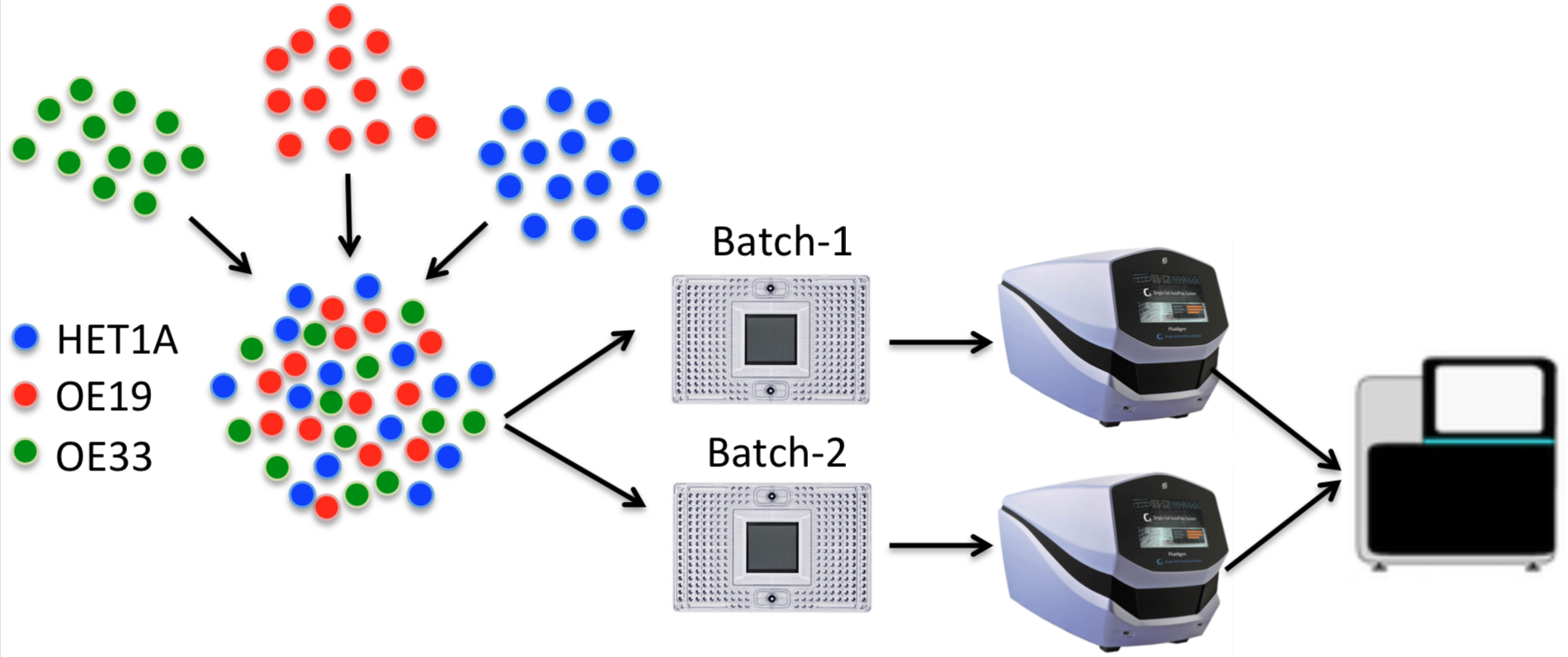Scasat (single cell ATAC-seq analysis tool) is a complete pipeline to process single cell ATAC-seq data with simple steps. The pipeline is developed in a Jupyter notebook environment that holds the executable code along with the necessary description and results. For the initial sequence processing steps, the pipeline uses a number of well-known tools which it executes from a python environment for each of the fastq files. While functions for the data analysis part are mostly written in R.
You have to have the following tools installed in the machine where you are running Scasat
If you have anaconda installed and using jupyter from anaconda then you can install the tools with the following anaconda commands
- samtools: conda install -c bioconda samtools
- bedtools: conda install -c bioconda bedtools
- macs2: sudo apt install macs
- bowtie2: conda install -c bioconda bowtie2
- picard: conda install -c bioconda picard
- trimmomatic: conda install -c faircloth-lab trimmomatic
Two notebooks to process two different datasets are provided here.
The objective of this experiment was to deconvolute the different cells from a complex mixture of cells.
Experimental design:
Two classic oesophageal adenocarcinoma (OAC) cell lines, OE19, OE33 and one non-neoplastic HET1A cell line were mixed together to create the complex mixture of population. These three cell lines were mixed at equal proportion to create this mixture. Single cell ATAC-seq was then performed on those two replicates by loading on two separate C1 fluidigm chips using a 96 well plate integrated fluidic circuit (IFC) and sequenced on an Illumina NextSeq. This experimental figure is shown in the figure below
Scasat is then applied to process and analyze the public dataset by Buenrostro et. al. and subsampled cells of Cusanovich et. al.
Pre-print related to Scasat can be accessed through this link
